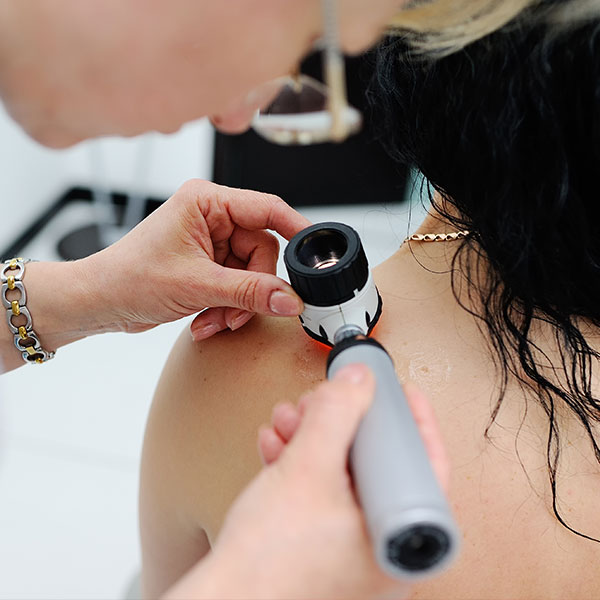
Skin Cancer Treatment Information
from your Buderim Skin Doctor
Home /
Skin Cancer FAQs – Everything You Need to Know About Skin Cancer
What are the different types of skin cancer?
The three most common types of skin cancer are basal cell carcinoma, squamous cell carcinoma and melanoma.
- Basal cell carcinoma is the most common type of skin cancer; it is usually slow-growing and rarely spreads into the body but can cause significant harm on the face.
- Squamous cell carcinoma is the second most common type of skin cancer, and it can be more aggressive than basal cell carcinoma and it can spread into the body.
- Melanoma is the third most common type and causes the most deaths. It can spread quickly to other parts of the body which is why early diagnosis and melanoma treatment is important.
There are also rare types of skin cancers including Merkel cell carcinoma, angiosarcoma, atypical fibroxanthoma, undifferentiated pleomorphic sarcoma, cutaneous lymphoma, Kaposi sarcoma, sebaceous carcinoma, microcystic adnexal carcinoma, eccrine carcinoma, extramammary Paget disease, and dermatofibrosarcoma protuberans.
